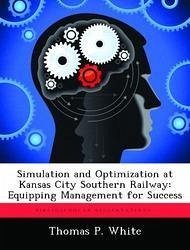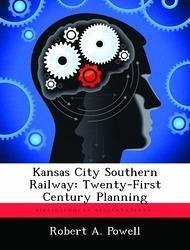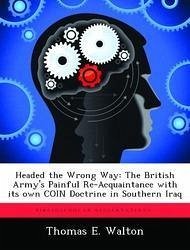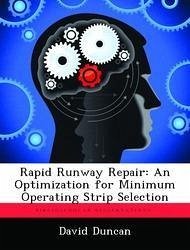Nicht lieferbar

Simulation and Optimization at Kansas City Southern Railway: Equipping Management for Success
Versandkostenfrei!
Nicht lieferbar
This study addressed the need for a model of Kansas City Southern Railway (KCS) to provide insight to decision makers. A simulation model was developed to capture the key processes, the limiting resources, and the major relationships influencing the successful operation of the KCS system. The simulation model was used to evaluate alternative car management policies on the basis of timely, reliable, and affordable customer service. Optimization was proposed as a tool to enable car managers to minimize the cost of moving empty cars to meet demand. Six alternative policies were developed by incre...
This study addressed the need for a model of Kansas City Southern Railway (KCS) to provide insight to decision makers. A simulation model was developed to capture the key processes, the limiting resources, and the major relationships influencing the successful operation of the KCS system. The simulation model was used to evaluate alternative car management policies on the basis of timely, reliable, and affordable customer service. Optimization was proposed as a tool to enable car managers to minimize the cost of moving empty cars to meet demand. Six alternative policies were developed by incrementally increasing the portion of KCS cars managed using optimization. This study concludes that KCS could provide more timely, reliable, and affordable customer service by managing the entire fleet of cars using optimization. KCS should equip car managers with an optimization tool for making more cost-effective car assignments. Furthermore, KCS should employ the simulation model to identify and exploit additional efficiencies that could improve profitability of the railroad. This work has been selected by scholars as being culturally important, and is part of the knowledge base of civilization as we know it. This work was reproduced from the original artifact, and remains as true to the original work as possible. Therefore, you will see the original copyright references, library stamps (as most of these works have been housed in our most important libraries around the world), and other notations in the work. This work is in the public domain in the United States of America, and possibly other nations. Within the United States, you may freely copy and distribute this work, as no entity (individual or corporate) has a copyright on the body of the work. As a reproduction of a historical artifact, this work may contain missing or blurred pages, poor pictures, errant marks, etc. Scholars believe, and we concur, that this work is important enough to be preserved, reproduced, and made generally available to the public. We appreciate your support of the preservation process, and thank you for being an important part of keeping this knowledge alive and relevant.








